Still sneezing even after you vacuum? This guide is for you.
You don't need to work harder- just smarter, with the right tools. Here's how to clean your home for better air and fewer allergy symptoms.

What Are the Most Common Allergens at Home?
You may not see them, but allergens are always around. Tiny things in your home can cause a lot of trouble. Some come from outside, while others are generated inside your house.
- Dust mites: Small bugs that live in beds, pillows, and carpets—they love warm, damp environments.
- Pet dander: Tiny skin flakes from your dogs or cats that float in the air and stick to furniture and clothes.
- Pollen: Even if you don't have plants inside, pollen comes in through doors, windows, or on your clothes.
- Mold spores: Mold grows in wet areas like bathrooms, basements, and kitchens. Spores travel through the air and can affect your breathing.
- Cockroach droppings: Break into tiny parts and float in the air. They often show up in older buildings or city homes.
How Allergens Affect Your Body?
When you breathe in allergens, your immune system reacts. Allergens can cause:
- Sneezing
- Runny or stuffy nose
- Itchy eyes
- Coughing
- Tiredness or poor sleep
For people with asthma, allergens can also cause serious breathing problems. That's why it's important to keep your home as clean as possible.
Can a Vacuum Help With Allergies?
Not all vacuums are the same. Some trap allergens, while others may actually make things worse.
The Right Vacuum Traps Allergens
A good vacuum pulls allergens out of carpets, sofas, and floors. But more than that, it keeps those tiny particles inside the machine. This helps stop allergens from going back into the air.
A strong vacuum with a sealed system and good filters can:
- Remove dust mites from rugs
- Catch pet hair before it spreads
- Pull mold spores from corners
- Stop dander from floating around
The Wrong Vacuum Blows Allergens Back Out
Many cheap vacuums push out dirty air through weak filters. Some even leak dust from cracks or the dustbin. That means you might clean the floor, but still breathe in the stuff you're trying to get rid of.
Bagged vs. Bagless
Bagged vacuums:
- Keep the dust sealed until you throw the bag away
- They are better for people with strong allergies
- It costs more over time because you need to buy new bags
Bagless vacuums:
- Use a dust cup that you empty and wash
- They are cheaper to maintain
- May let dust escape when you dump the bin
If you choose bagless, look for models with one-press dirt release and sealed dust cups, like the Dreame Z30 or Z20.
Sealed System vs. Open Airflow
A sealed system keeps all the air inside the vacuum. Dust and allergens go in, pass through the filters, and clean air comes out. No leaks. This is very helpful for people with allergies or asthma.
An open airflow system leaks air before it gets filtered, reducing suction and letting allergens escape. If you have allergies, a sealed system is essential.
Here is a simple comparison:
| Feature | Sealed System | Open Airflow System |
|---|---|---|
| Air Path | Fully enclosed | Air can leak from gaps or weak seals |
| Filtration Efficiency | High | Lower |
| Allergy Protection | Strong | Weak |
| Indoor Air Quality | Improves | Can get worse |
| Ideal For | Allergy and asthma sufferers | General cleaning with no allergy concerns |
| Common in | High-quality vacuums (e.g., HEPA-certified models) | Budget or older models |
For better air and better health, a sealed vacuum system is a smart choice.
Things to Look for in a Good Vacuum for Allergies
Not every vacuum can fight allergens. Some are strong but still miss tiny particles. Others may clean carpets well but spread dust back into the air. If you want real allergy relief, here are the key features to check before buying.
- High Suction Power
Look for models with at least 5,500 Pa (120AW) pressure that can pull allergens from deep inside carpets, fabric, and mattress seams. The Dreame Z30 Cordless Stick Vacuum delivers 14,000 Pa (310AW) of suction power, one of the strongest in its class.
- Sealed System
Always choose a vacuum with a sealed system. This keeps dirty air inside and pushes only filtered air out. It helps stop allergens from leaking back into your home. Cheap vacuums often skip this step, even if they have strong suction.
- HEPA or Advanced Filters
Look for filtration that captures at least 99.9% of particles as small as 0.3 microns (μm). The Z30 uses whole-machine HEPA filtration with 99.99% efficiency, helping remove dust, bacteria, and airborne triggers from your space.
- Anti-Tangle Brush Design
Pet hair and long human hair can clog brushes quickly. Choose vacuums with anti-tangle technology, especially if you have pets. This reduces the risk of allergens getting stuck and being released later.
- Multi-Surface Brushes with Light
A good allergy vacuum works on all floors, like tile, carpet, hardwood, and uses light to show hidden dust. The CelesTect™ Light Technology in the Z30 reveals dust along walls, under beds, and in corners.
- Easy-to-Clean Dust Cup and Tools
If you touch dust during cleaning, you're breathing it in too. Look for:
- One-press dirt release
- Removable dust cup
- Washable filters and brushes
The Z30 has all of these features to simplify cleanup without spreading allergens.
- Runtime and Battery
For cordless stick vacuums, runtime matters. To clean a space of 3,230 ft² (300m² ), the Z30 offers up to 90 minutes of use in eco mode, powered by an 8-cell, 3,200mAh battery.
Do HEPA Filters Actually Work?
Yes, a true HEPA filter can trap 99.97% of particles as small as 0.3 microns (μm), including pollen, pet dander, and dust mites. Without this level of filtration, tiny allergens can pass through the vacuum and return to the air.
Some vacuums, like the Dreame Z30, go even further. It uses whole-machine HEPA filtration with 99.99% efficiency at 0.1μm, offering extra protection for sensitive users. If you're serious about clean air, a real HEPA filter is one of the most important features to look for.
Our Top Picks of Allergy Vacuum Cleaners in 2025
Many vacuums claim to fight allergens, but only a few really do the job well. Below are four top choices for different needs. Each one offers strong performance and features designed to reduce allergy triggers in your home.
Recommended for Pet Allergies: Dreame Z30 Cordless Stick Vacuum
Price: $399.99
The Dreame Z30 Cordless Stick Vacuum combines 14,000 Pa (310AW) robust suction and whole-machine HEPA filtration (99.99% at 0.1μm) to remove pet dander and hair from floors and furniture. The CelesTect™ Technology reveals hidden dust, while the pet deshedding tool removes floating fur at the source. Its anti-tangle design keeps hair from clogging the brush. The Z30 runs up to 90 minutes and uses a removable 0.16-gallon dust cup.
Recommended Cordless with HEPA: Dreame Z20 Cordless Stick Vacuum
Price: $299.99
The Dreame Z20 Cordless Stick Vacuum offers 12,000 Pa (250AW) suction power and whole-machine HEPA filtration at 99.99% efficiency for particles ≥0.3μm. It features CelesTect™ Light Technology, a clean-to-edge roller brush, and a sealed system that helps reduce dust leaks. With a maximum runtime of 90 minutes and 8 x 2,850mAh battery, the Z20 supports long sessions on both hard floors and carpets.
Budget Option: Dreame R10 Pure Cordless Stick Vacuum
Price: $149.99
The Dreame R10 Pure Cordless Stick Vacuum provides 5,500 Pa (120AW) suction power, 60 minutes runtime, and 99.9% filtration efficiency. It is lightweight at 3.64 lbs (1.65 kg) and uses a lighted multi-surface brush to clean dark corners and under furniture. With washable components and quiet operation, it's ideal for smaller homes or first-time buyers.
Recommended for Carpeted Homes: Dreame X50 Ultra Robot Vacuum
Price: $1,399.99
The Dreame X50 Ultra Robot Vacuum features 20,000Pa Vormax Suction, a sealed system, and dual rotating brushes with detangling technology. It includes hot water mop cleaning at 176℉ (80°C), auto dust emptying, and smart mapping for precise room coverage. Designed for deep carpet cleaning, the robot lifts mop pads to protect rugs and detects different surfaces automatically. It runs up to 220 minutes on a full charge and supports homes up to 2,208 ft² (205m²).
| Best for | Model | Suction Power | Filtration Efficiency | Key Features | Runtime | Other Specs |
|---|---|---|---|---|---|---|
| Pet Allergies | Dreame Z30 Cordless | 14,000 Pa (310AW) | 99.99% at 0.1μm (HEPA) | Anti-tangle brush, CelesTect™ dust detection, pet deshedding tool | Up to 90 min | Removable 0.16-gallon dust cup |
| Efficient HEPA Filtration | Dreame Z20 Cordless | 12,000 Pa (250AW) | 99.99% for ≥0.3μm (HEPA) | Sealed system, CelesTect™ Light, clean-to-edge roller brush | Up to 90 min | 8 x 2,850mAh battery |
| Budget Option | Dreame R10 Pure | 5,500 Pa (120AW) | 99.9% | Lighted multi-surface brush, washable components, quiet operation | 60 min | 3.64 lbs (1.65 kg) weight |
| Carpeted Homes | Dreame X50 Ultra | 20,000Pa | Sealed system | Hot water mop (80°C), auto dust emptying, dual tangle-free brushes, smart mapping | Up to 220 min | Covers 2,208 ft² (205m²) |
Vacuuming Techniques for Allergy Relief
Having a strong vacuum helps, but using it the right way makes a bigger difference. A few small changes in your cleaning routine can reduce allergens around your home.
- Vacuum Often. Dust and allergens build up every day, even if your floor looks clean. Try to vacuum high-use areas 2 to 3 times a week. Clean bedrooms, sofas, and rugs regularly, not just during allergy season.
- Move Slowly for Better Results. Vacuuming too fast leaves behind dust. Slow down, and pass over each area more than once. This helps the vacuum pull out allergens hidden in carpet fibers and fabric.
- Use the Right Attachments. Use floor brushes for large areas and smaller tools for tight spaces. A soft brush works well for shelves and furniture. Crevice tools help clean along walls and corners where dust collects.
- Start High, Finish Low. Begin by dusting high places like shelves or ceiling fans. After that, vacuum the floor. This stops falling dust from undoing your work.
- Empty the Vacuum the Right Way. Always empty the dustbin or bag outside your home. Do not dump dust into indoor trash cans. This helps stop allergens from going back into the air. If your vacuum parts are washable, clean them often with water and let them dry fully before using them again.

Bonus: Tips for Allergy-Free Homes
Vacuuming is only one part of allergy control. To feel better at home, you need a full plan. These extra steps help reduce triggers in the air and on surfaces.
How to Maintain Your Vacuum
A clean vacuum works better. If it's dirty, it can spread allergens instead of removing them. Follow these simple steps:
- Check the filter every month. If it looks gray or dusty, clean or replace it.
- Empty the dustbin before it gets full. A full bin reduces airflow and cleaning power.
- Wash brushes and rollers. Hair and dust can block them. Use water and mild soap if the parts are washable.
- Wipe the vacuum body. Dust can stick to the outside, too. A damp cloth works well.
A well-maintained vacuum keeps your air and floors cleaner.

How to Create a Cleaner Indoor Environment
Dust and allergens hide in many places. These tips help reduce them in your home:
- Wash bedding weekly in hot water, at least 140°F (60°C)
- Use pillow and mattress covers to block dust mites
- Keep humidity between 40% and 50% to slow mold growth
- Declutter surfaces, for less clutter means less dust
- Remove shoes at the door to avoid tracking pollen inside
- Clean curtains and rugs often, or replace them with washable ones
- Vacuum upholstered furniture, not just floors
Air purifiers and humidifiers can also help. Use a purifier with a HEPA filter in bedrooms or living areas. A humidifier can balance dry air, but it must be cleaned often to avoid mold.

Clean Smart, Breathe Easy
Allergens don't leave on their own. They hide in your floors, fabrics, and even the air. But with smart vacuums with HEPA filtration and sealed systems, plus consistent cleaning habits, you can enjoy premium air quality in your home.
Looking for the right vacuum to reduce allergens at home? Explore Dreame's allergy-ready lineup and breathe easier every day.















































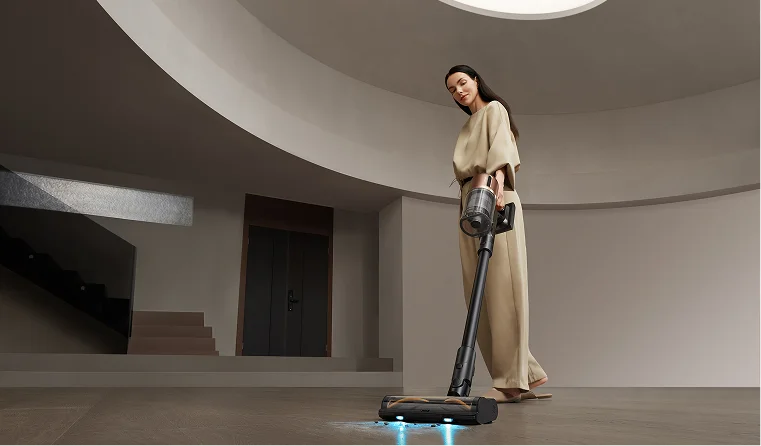
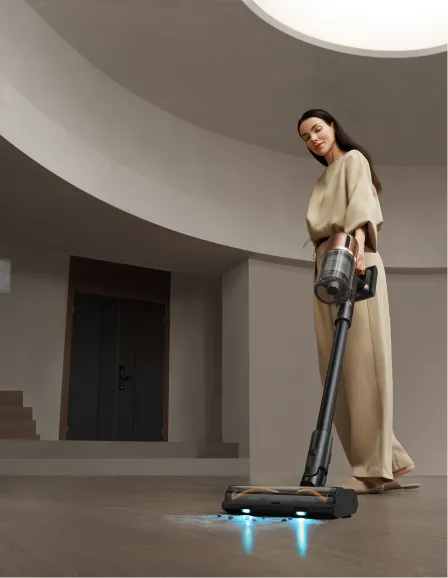

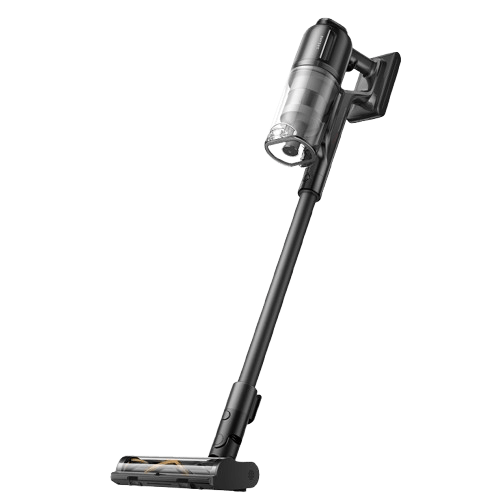

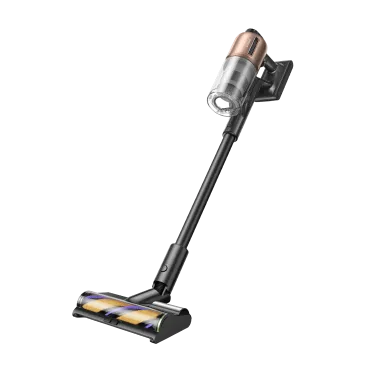
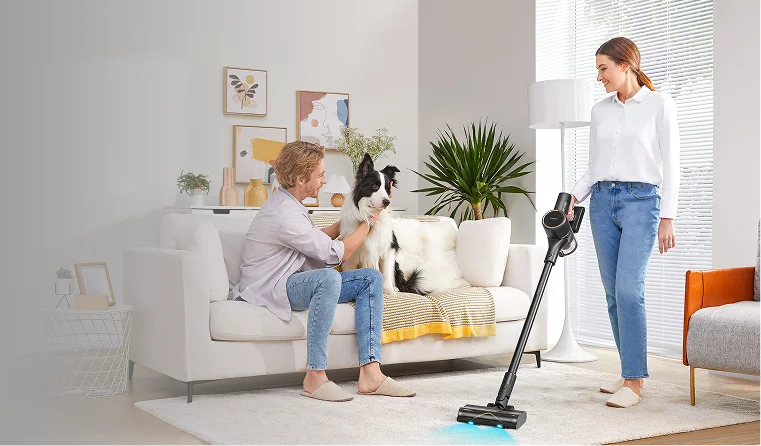
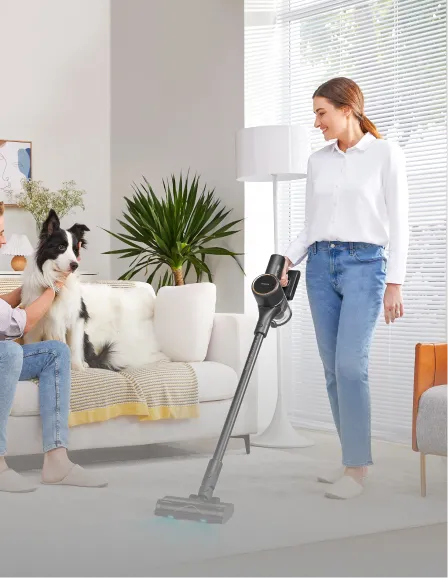
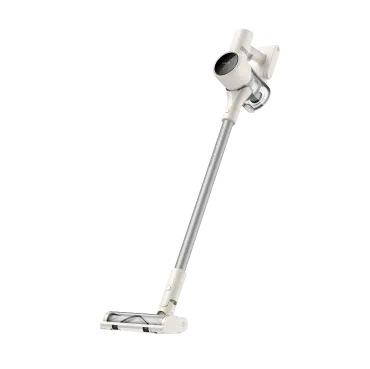
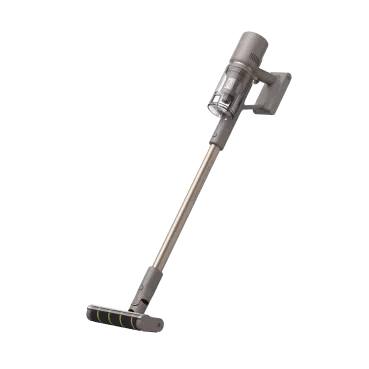
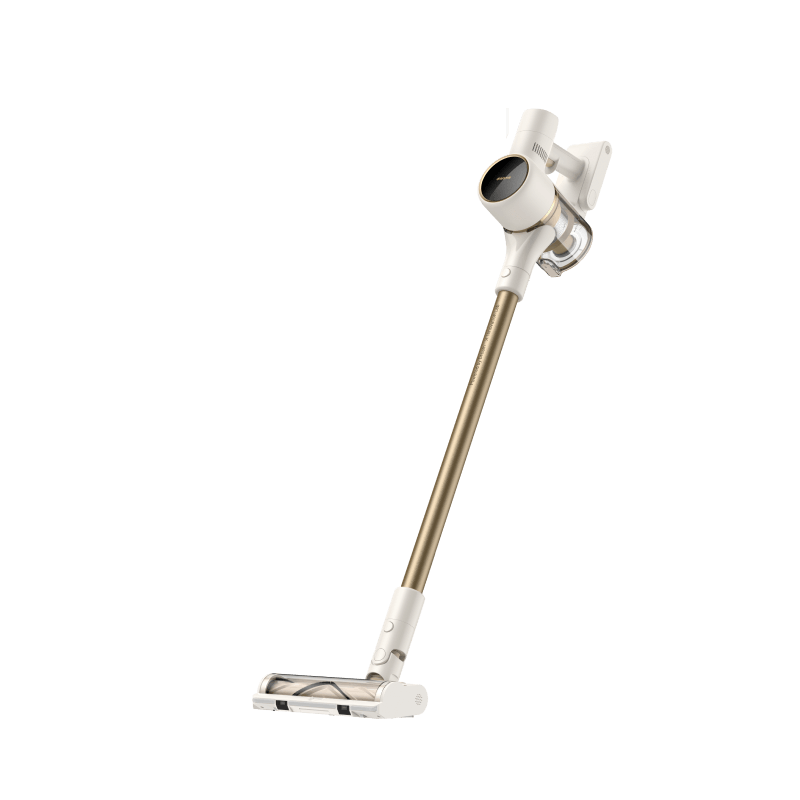
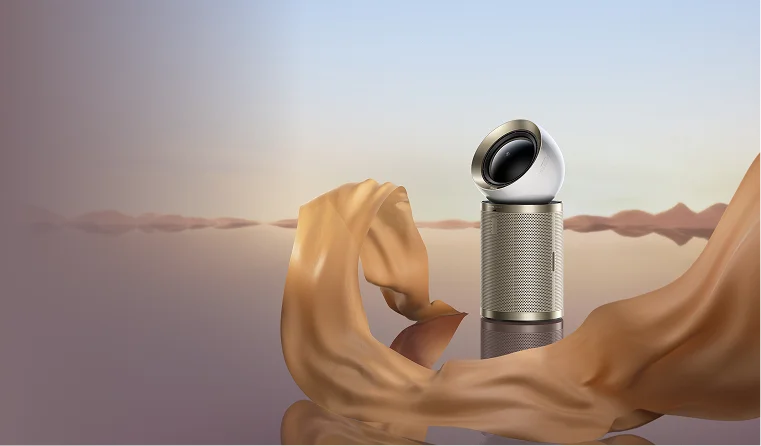
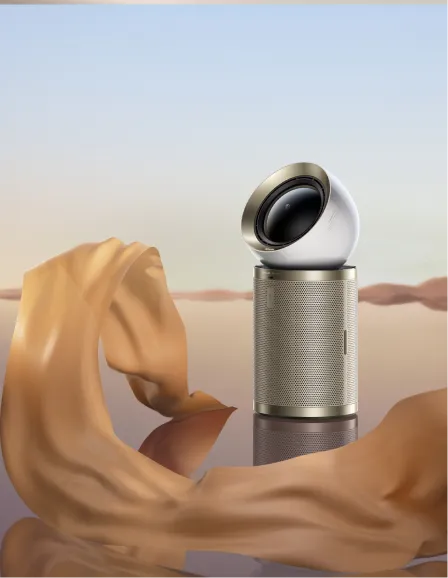

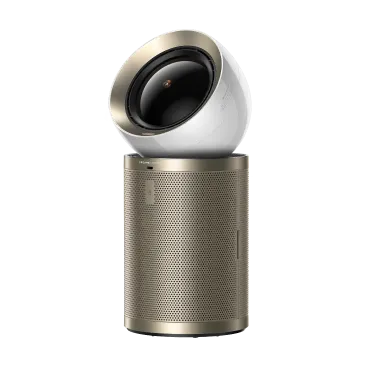

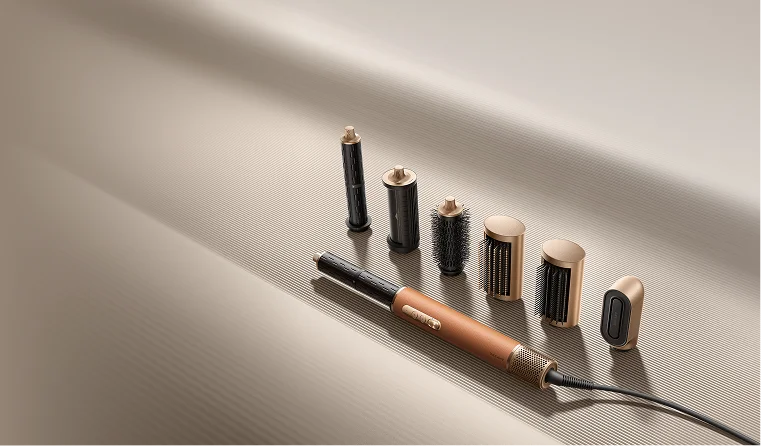
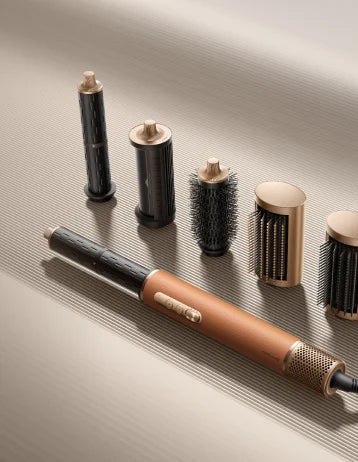
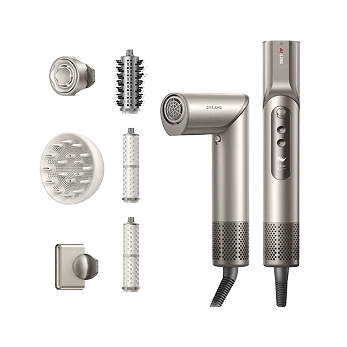
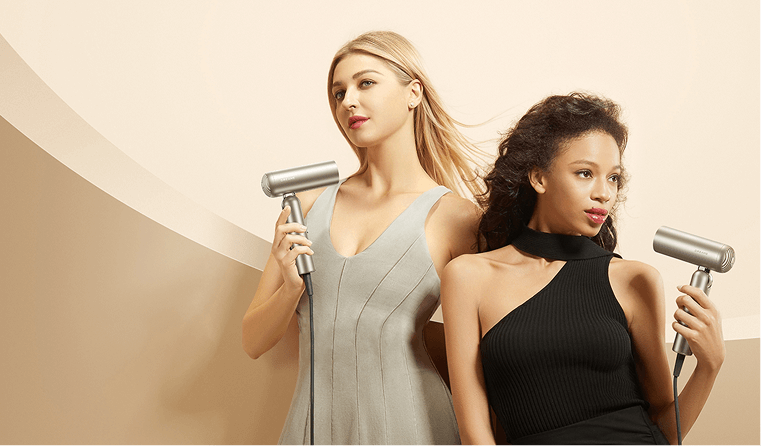

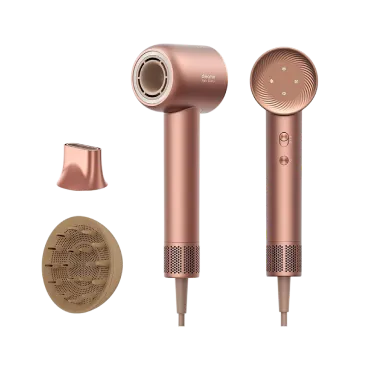
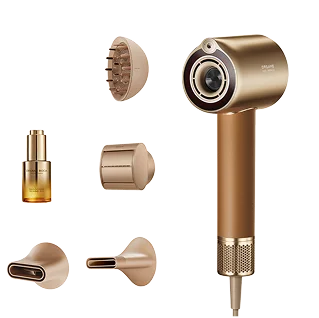




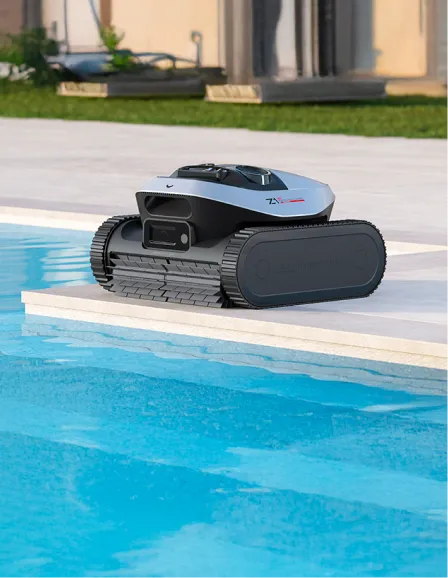
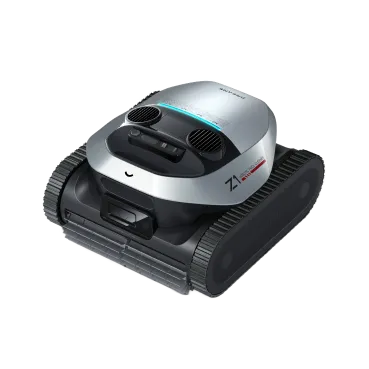
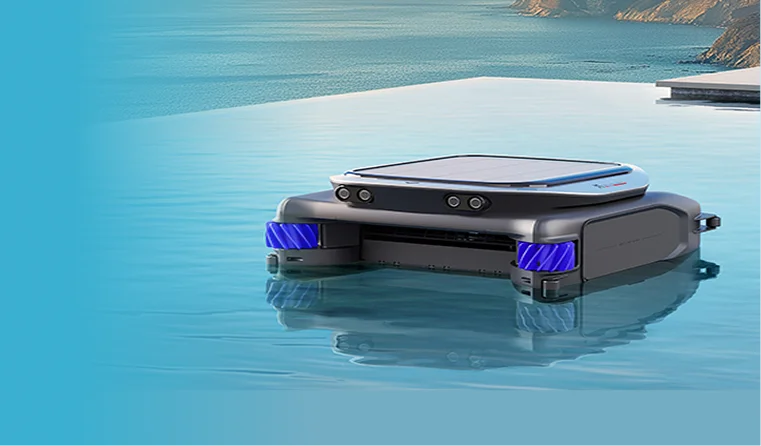











 Australia
Australia 中国大陆
中国大陆 日本
日本


 Türkiye
Türkiye


 Italia
Italia
 Netherlands
Netherlands Belgium
Belgium
 Greece
Greece Polska
Polska
 Norway
Norway
 Sweden
Sweden
 Finland
Finland
 Denmark
Denmark
 Hungary
Hungary Czechia
Czechia
 Slovenia
Slovenia
 Croatia
Croatia
 Switzerland
Switzerland United Kingdom
United Kingdom
 Canada
Canada





